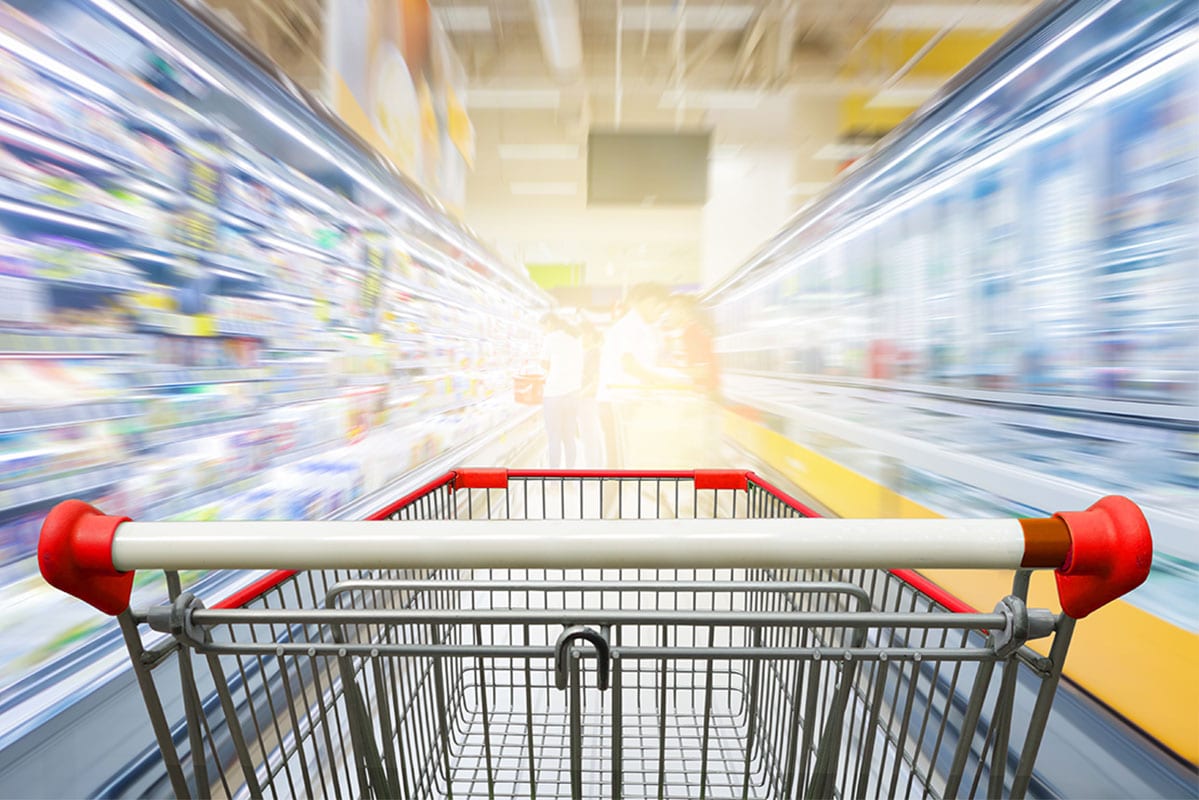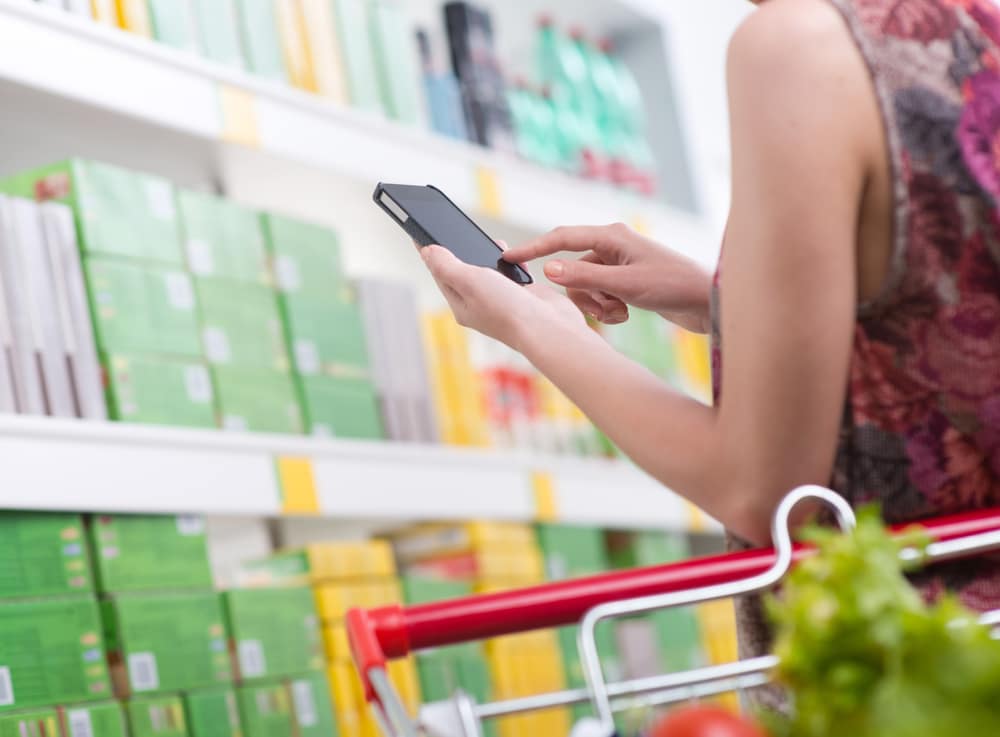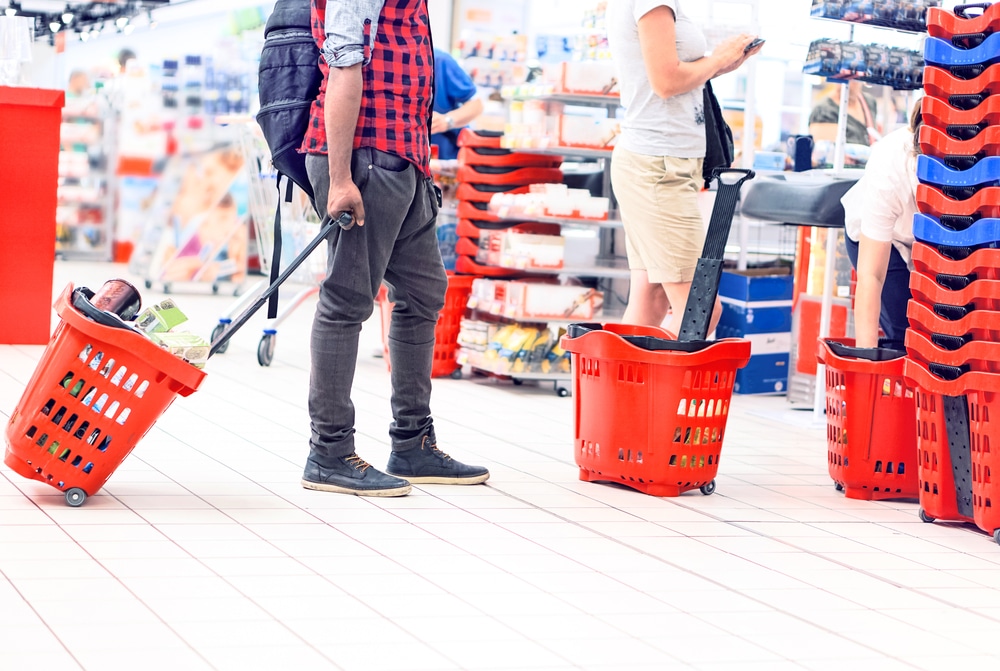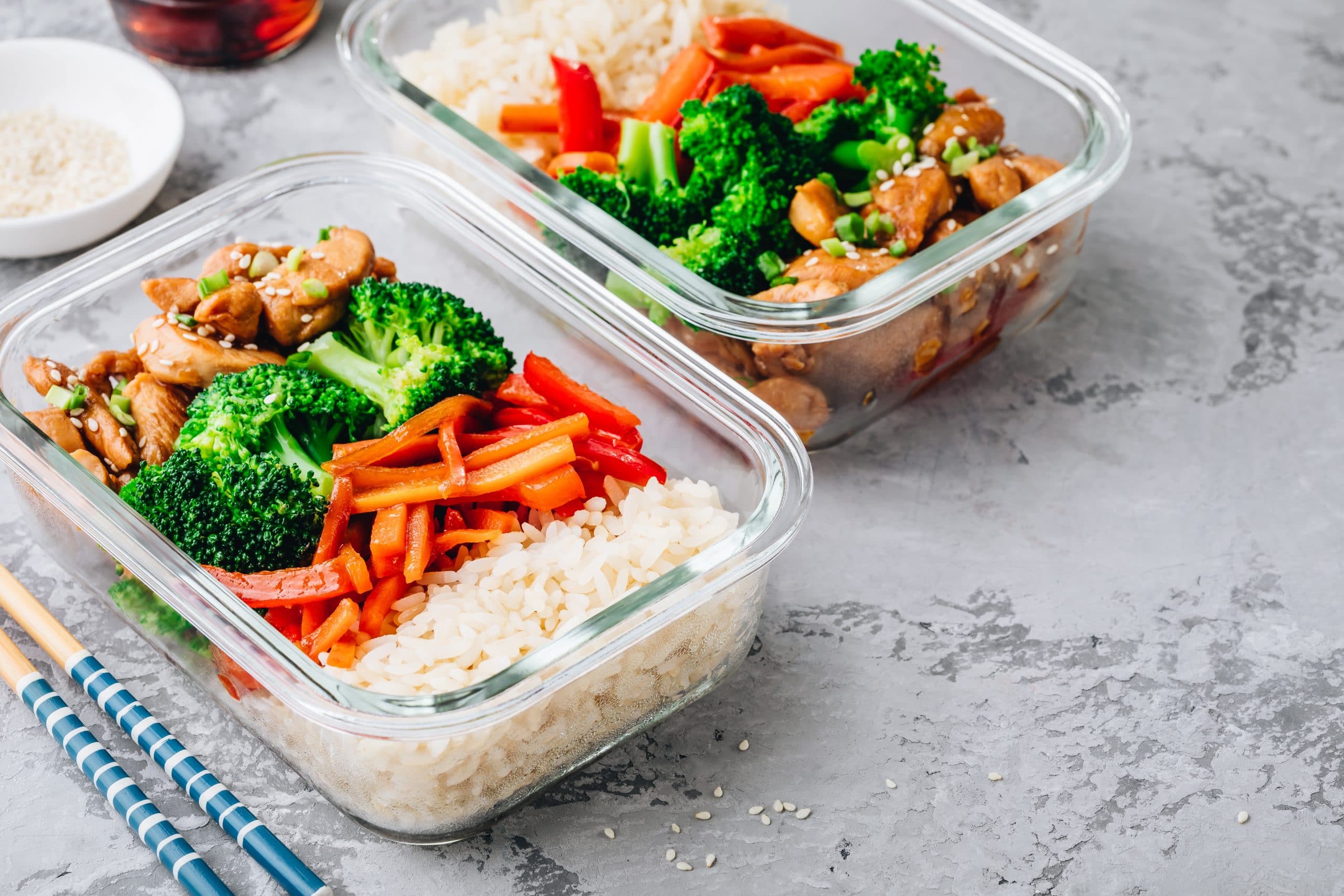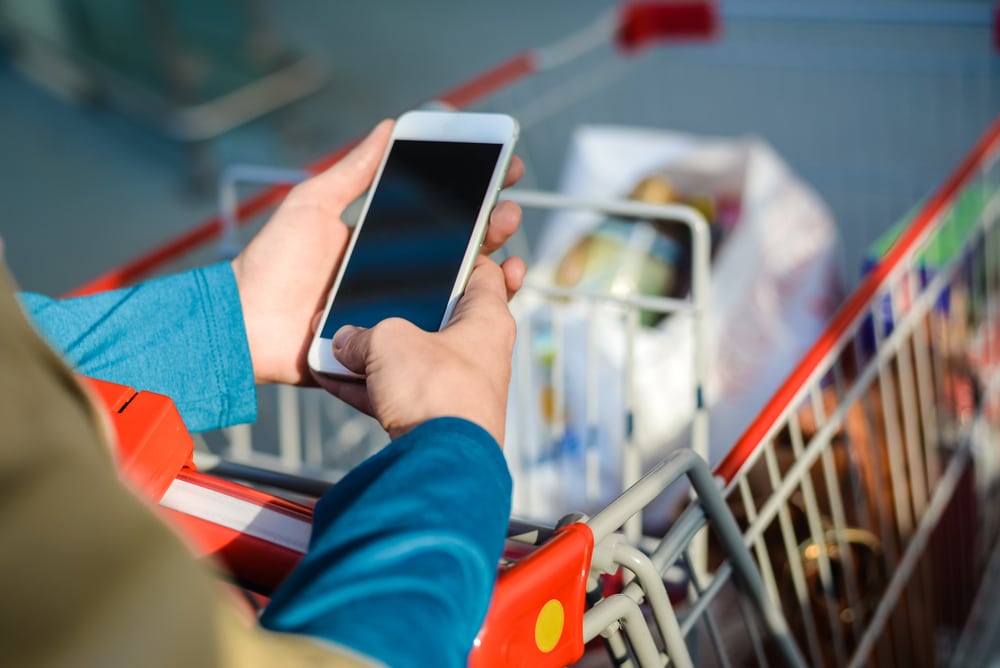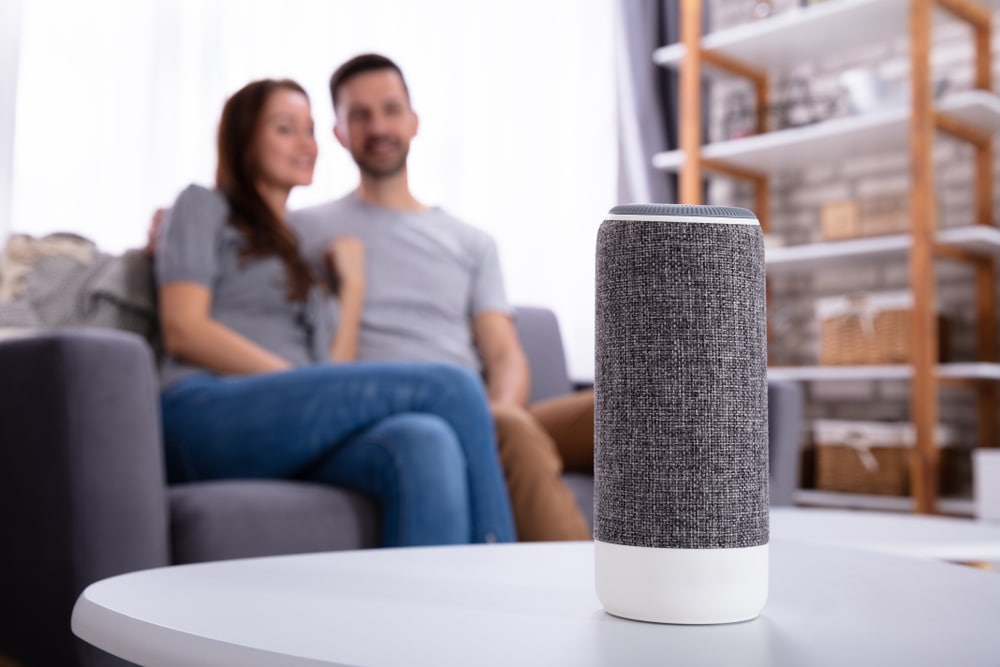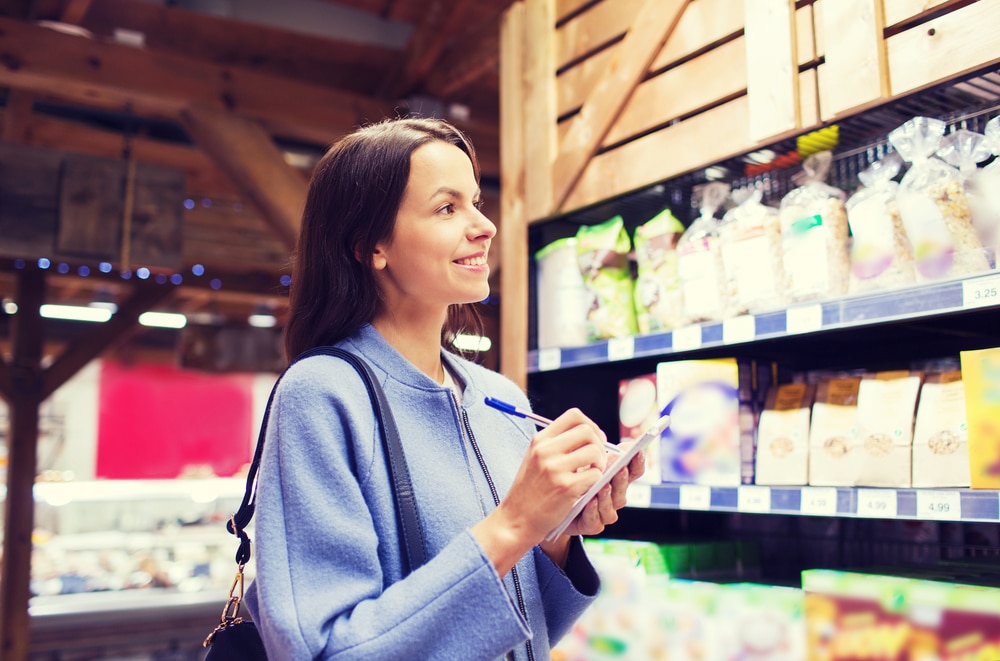With every passing year, retailers witness the “greatest number of shopping app downloads to date.” Continue reading “5 essential benefits of in-app advertising for retailers”
Author: shopkick
Top 5 most effective marketing strategies for retail
Understanding the importance of integrated marketing communications in retail
In today’s climate, integrated marketing communications (IMC) is a standard, baseline, foundational strategy for retail success. Continue reading “Understanding the importance of integrated marketing communications in retail”
Leveraging mobile during the post-purchase experience
Following a purchase, a shopper may feel excited by the newness, hopeful that the decision was the right one, and anxious about receiving the new product if it’s coming by mail. Continue reading “Leveraging mobile during the post-purchase experience”
Five Tips for Easy Meal Planning with Shopkick
My social media feeds are currently filled with families celebrating the first few days of school for their kids. It seems almost everyone embraces the harmony this season brings! One of the common fall rhythms that is back once again is new requests for meal planning tips to enjoy after busy school and activity days. Whether you are a fellow parent celebrating the school year or a young professional cooking for one, I thought now would be a great time to explore five easy ways to meal plan with Shopkick.
1. Check Pinterest:
Pinterest always feels like a treasure trove of some of the best recipes. There are plenty of recipes for food sensitive family members, quick and easy one pan, pot, or sheet options, or new ideas to try for lunch. Bon Appetit, Cookie & Kate, Food Network, and SkinnyTaste are a few of my go-to accounts to review whenever I’m searching for something new. Plus, Shopkick has three boards filled with recipes – healthy recipes, easy cooking, and sweet treats – that are definitely worth a follow!
2. Explore the Discover Tab:
As you’re searching for new ideas or planning your grocery list, check the Discover Tab in the Shopkick app! Some of the most well-loved brands share simple step-by-step recipe ideas and easy to find ingredients. Plus, the Discover Tab is also a great spot to learn about recently released products. You can’t mix up your meal routine more than when you introduce a new find!
3. Plan It Out:
I love the ease of searching digitally, but once I’ve found my what I want to try I turn to paper. I find writing each day’s meal idea into my planner is my best bet because it’s a tool I use daily, and I like viewing a full week of plans at a glance rather than a single day. Typically, I’ll try 1-2 new recipes each week, reserve a night for pizza and another to eat out, and then add in tried and true favorites for all other days. That schedule helps to broaden my meal horizons while also keeping my realistic availability in check. Once you have a plan, make your grocery list!
4. Try Ordering Groceries Online:
Once your grocery list is ready to go, the most obvious step is to shop in person. However, if you’re short on time, try ordering groceries online from a store like Walmart Grocery. You can still purchase all of the brands and ingredients you buy every week, and you can add to your cart from the comfort of your house or even your car via your phone.
5. Save Your Favorites:
After you try a new-to-you recipe, decide whether or not you and your family enjoyed it. Then take things one step further, and pin it onto a Pinterest board noting the recipes you and your family enjoy. You can also create a second board of recipes you didn’t like to help to ensure you don’t make them again even if they pop up in the future. By doing this, you will collect a great variety of options over time, which will allow meal planning to become quicker and easier!
How do you and your family plan your meals? Chime in on Facebook and let us know!
How to improve the in-store experience with mobile technology
The customer’s in-store experience will continue to remain relevant as long as physical shops exist. Continue reading “How to improve the in-store experience with mobile technology”
Learn how to increase product awareness to compete in the voice search arena
CPG brands must learn how to increase product awareness—especially in the advent of voice search. Continue reading “Learn how to increase product awareness to compete in the voice search arena”
6 tips for building an effective online retail marketing strategy
Shop and Save with Shopkick Over Labor Day Weekend
Labor Day is only a few days away, which means some of the best sales of the late summer and early fall seasons are on the horizon! In between beach trips and pool days, I always like to check the online sales in order to score some of the deals I’ve been waiting for all season long. From fashion and décor to beauty and fun experiences, keep reading below to learn where you can save and earn extra kicks with Shopkick this holiday weekend!
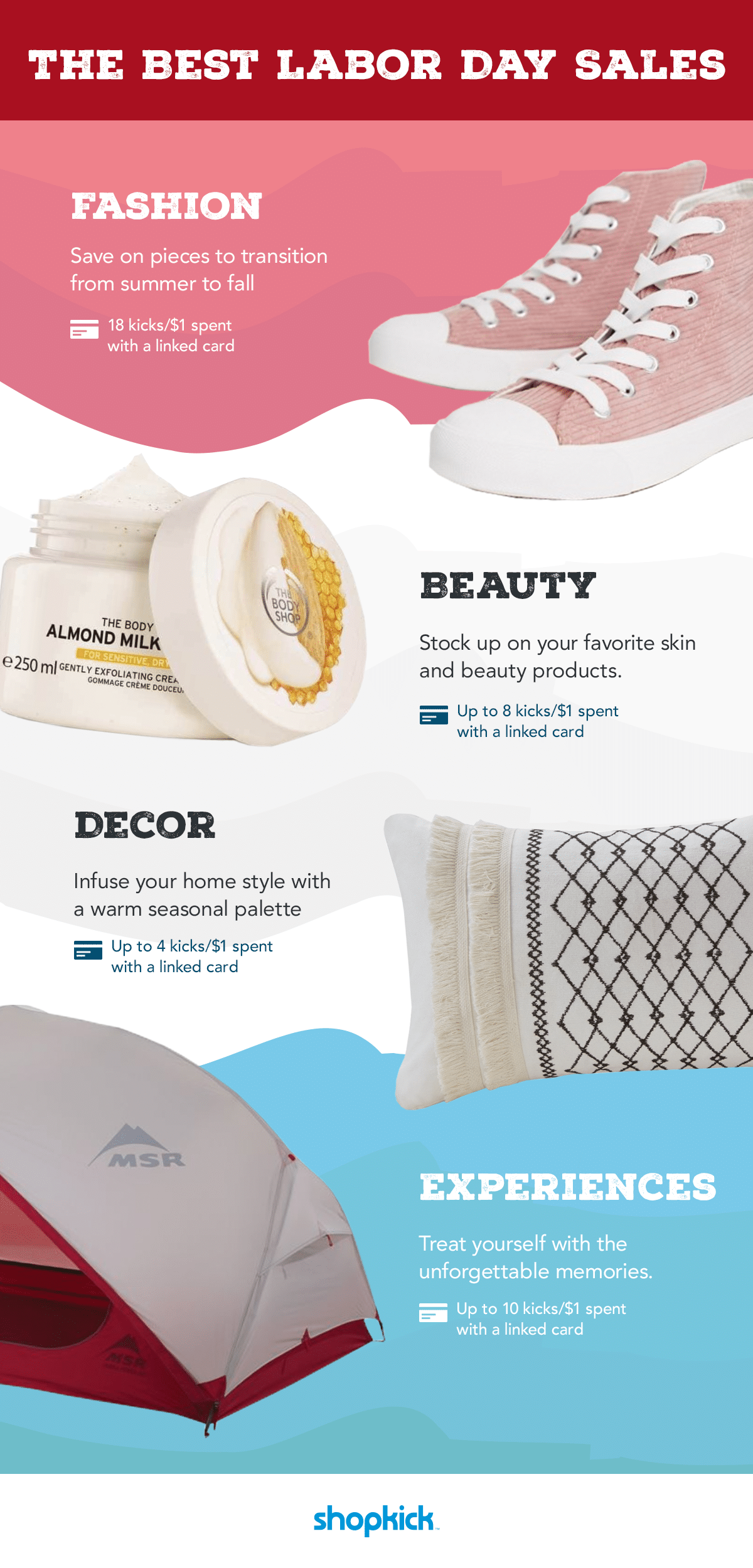
FASHION:
Summer is a favorite season, but it always feels refreshing to be able to add layers to styles once more as we welcome fall’s arrival. LOFT and Lane Bryant are both having great sales this weekend, and you can also earn elevated kicks. LOFT is a personal favorite of mine, and I also know many of my friends who are teachers love their options because they’re professional while still being comfortable and in style.
If you’re shopping for back to school or even slightly more formal styles to wear to dances, formals, or weddings, don’t miss the sales (and extra kicks!) currently happening at ASOS and Express. Both always have great prices, and the range of styles available at ASOS, in particular, is incredible!
As a new season begins, it’s also a great time to stock up on new undergarments. Make sure to check out Catherines and earn extra kicks!
BEAUTY:
The Body Shop offers a complete line of products, including skin, hair, makeup, body, and even fragrance. Who doesn’t love a place that’s known for their quality and how they honor their pledge to not test their products on animals that just so happens to be a one-stop-shop for all things beauty? Stock up on all of your favorites, especially if you’re in college or going back soon, and make sure to try new to you products as well with your Shopkick app!
DÉCOR:
I speak from personal experience when I say Pier 1 feels like a hidden gem while shopping for home décor! I always know I am going to find unique pieces that are high quality – two of my forever must-haves while searching for décor – every time I shop with them. And, their prices are always on point! Their pillows and blankets are two things I tend to purchase each season to bring new colors into my spaces, and Pier 1 is also one of my first stops whenever I’m looking for new furniture. Did I mention Joanna Gaines designs a line for Pier 1? She does, and the rugs are beautiful in person and incredibly soft. I could keep going, but I’ll let you see for yourself when you shop online with your Shopkick app and earn extra kicks!
FUN:
I always think the fall is one of the best times to enjoy the outdoors. So many of my friends plan hikes almost every weekend, and there’s also another group who loves to camp. There’s still time to canoe and kayak before it gets too cold. So, stock up on all of your adventure needs at Backcountry through your Shopkick app! They have nearly everything you could ever want or need for an outdoor excursion, and the quality of their products can’t be beat.
Finally, don’t miss out on scoring deals with SeatGeek. Baseball season is still underway, football has kicked off once again, and there are plenty of opportunities to go to concerts and more. SeatGeek makes purchasing tickets easy, affordable, and fast. So, purchase tickets as a gift or as a way to gather friends and family together for an afternoon or evening out together. Make sure to use your Shopkick app to save and earn kicks!
Download Shopkick for free in time for Labor Day weekend, and join our Facebook community for more shopkicking fun!
How to develop the best customer acquisition strategy for your brand
Studies have found that the cost of new customer acquisition has the potential to be five times greater than customer retention. Continue reading “How to develop the best customer acquisition strategy for your brand”
Black Friday marketing ideas: How to retain customers after the sales end
While many may lament the idea of ultimate shopping deal days like Prime Day, Cyber Monday, or Black Friday, shoppers still mobilize and purchase in droves during these special events. Continue reading “Black Friday marketing ideas: How to retain customers after the sales end”
‘Tis the season: 10 ways to boost holiday sales in 2019
According to Kiplinger’s most recent economic forecast, 2019 holiday sales are on track to outpace last year’s numbers. Continue reading “‘Tis the season: 10 ways to boost holiday sales in 2019”


